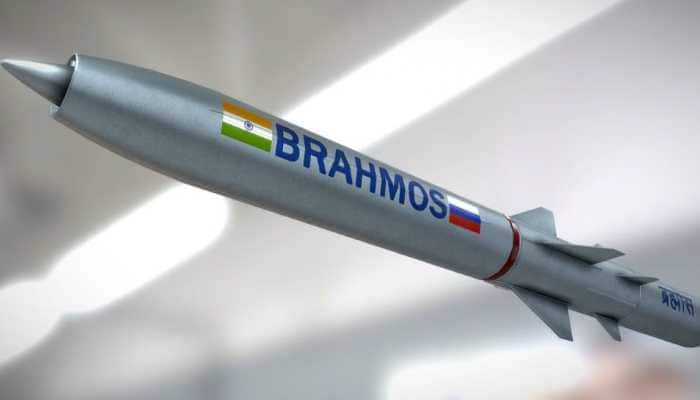NASA images display crater created by European Mars lander
New images beamed back by a NASA probe show that the European Space Agency's Mars lander created a shallow crater when it crashed on to the red planet.
Trending Photos
) European Mars lander
European Mars lander London: New images beamed back by a NASA probe show that the European Space Agency's Mars lander created a shallow crater when it crashed on to the red planet.
The latest image was taken on October 25 by the high-resolution camera on NASA's Mars Reconnaissance Orbiter.
It provides close-ups of new markings on the planet's surface first spotted by the spacecraft.
The new images provide a more detailed look at the major components of the ESA's ExoMars Schiaparelli hardware used during the descent on October 19.
The main feature of the previous images was a dark fuzzy patch of roughly 15x40 metres, associated with the impact of Schiaparelli itself.
The high-resolution images show a central dark spot, 2.4 m across, consistent with the crater made by a 300 kg object impacting at a few hundred kilometres per hour.
The crater is predicted to be about 50 cm deep and more detail may be visible in future images.
The asymmetric surrounding dark markings are more difficult to interpret.
In the case of a meteoroid hitting the surface at 40,000 - 80,000 kilometres per hour, asymmetric debris surrounding a crater would typically point to a low incoming angle, with debris thrown out in the direction of travel.
However, Schiaparelli was travelling considerably slower and had been descending almost vertically after slowing down during its entry into the atmosphere from the west.
It is possible the hydrazine propellant tanks in the module exploded preferentially in one direction upon impact, throwing debris from the planet's surface in the direction of the blast, but more data is needed to confirm this idea.
A long dark arc is seen to the upper right of the dark patch but is currently unexplained. It may also be linked to the impact and possible explosion.
Some 1.4 km south of Schiaparelli, a white feature seen in last week's context image is now seen in more detail.
It is confirmed to be the 12 m-diameter parachute used during the second stage of Schiaparelli's descent, after the initial heatshield entry into the atmosphere. Still attached to it, as expected, is the rear heatshield, now clearly seen.
The parachute and rear heatshield were ejected from Schiaparelli earlier than anticipated.
Schiaparelli is thought to have fired its thrusters for only a few seconds before falling to the ground from an altitude of 2-4 km.
In addition to the Schiaparelli impact site and the parachute, a third feature has been confirmed as the front heatshield, which was ejected about four minutes into the six-minute descent, as planned.
The ExoMars and MRO teams identified a dark spot last week's image about 1.4 km east of the impact site and this seemed to be a plausible location for the front heatshield considering the timing and direction of travel following the module's entry.
Stay informed on all the latest news, real-time breaking news updates, and follow all the important headlines in india news and world News on Zee News.
Live Tv







)
)
)
)
)
)
)
)
)
)
